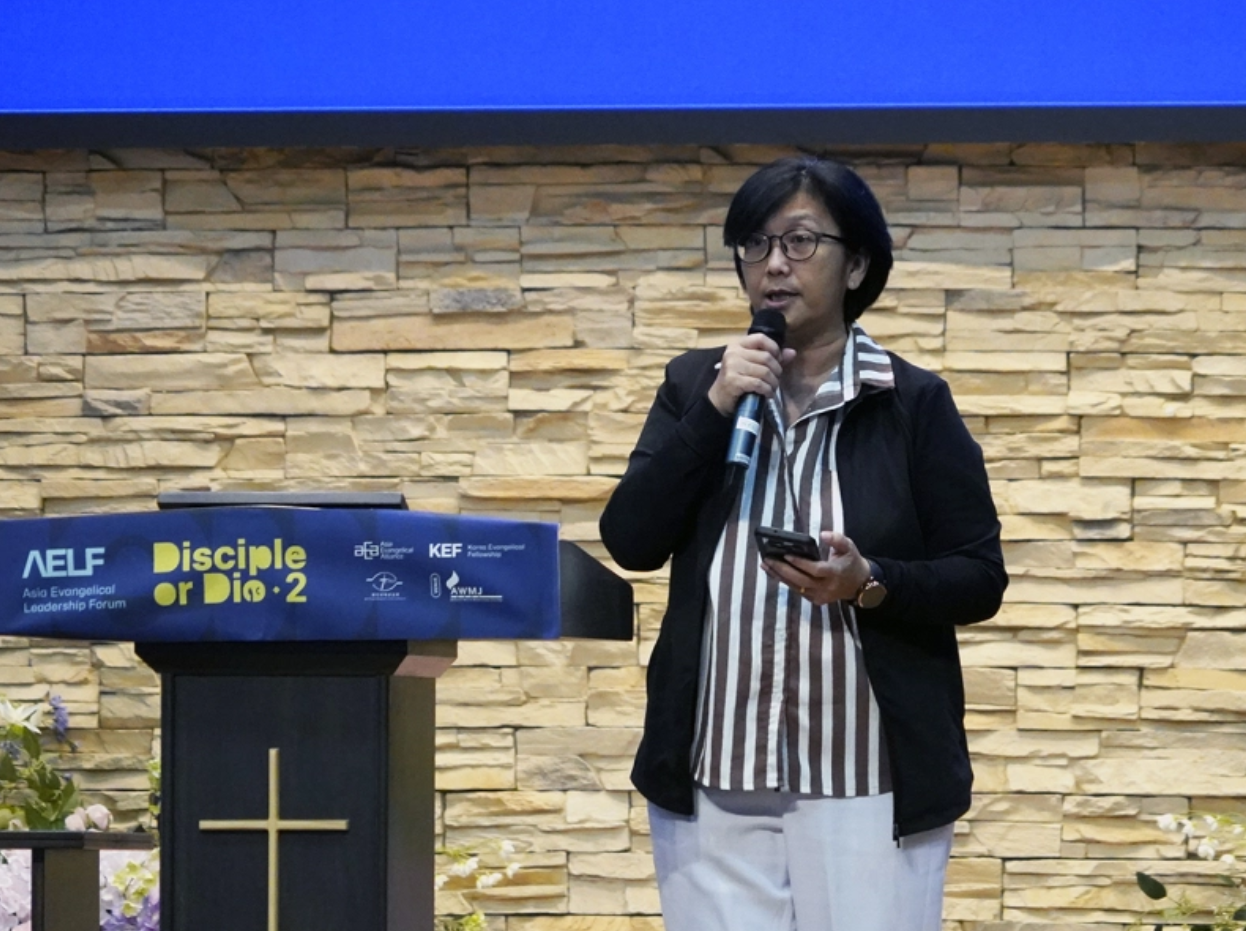The latest statistics of abortions in Spain show a growing trend that puts 2022 among the years with most voluntary terminations of pregnancies.
The final figure published by the government is of 98,316 abortions, a 9% increase compared to the year before. This is the highest number since 2019 (and the second highest since 2013), returning to a trend only paused during the Covid-19 pandemic.
A record high 91% of the abortions were conducted at the request of the woman. Less than one in four abortions were reported as a matter of “serious risk to life or health of the pregnant woman or risk of severe foetal abnormalities”.
In Spain, women can ask for an abortion “freely” until week 14 of their pregnancy. According to the 2022 statistics, 27% of the abortions happened after week 9.
Age of the women
The newest law of 2022 allows 16-year-olds to have an abortion without the consent of their parents. The age groups in which most women ended their pregnancy were 20 to 24 (21,869) and 35 to 29 (21,285).
Over 10,000 abortions took place among women aged 15 to 19.
Education, national background
The vast majority of abortions in Spain took place in private clinics (82% versus 17% in public hospitals).
67% of the women who ended their pregnancy in 2022 were of Spanish nationality, 7% from other European countries, while 20% were from Latin American origin (a record high) and 5% from African background.
By far, the highest abortion rate per 100,000 women in Spain is in Catalonia, followed by Madrid and the Balearic Islands.
The data also show that since 2013, there have been fewer and fewer abortions among women with basic education and an increase among those who upper education degrees.
A return to pre-pandemic trends
After the drop in abortions during the pandemic restrictions (88,269 in 2020), the 2022 figures show a return to pre-pandemic reality.
Originally published on The Evangelical Focus
(c) Evangelical Focus, used with permission




